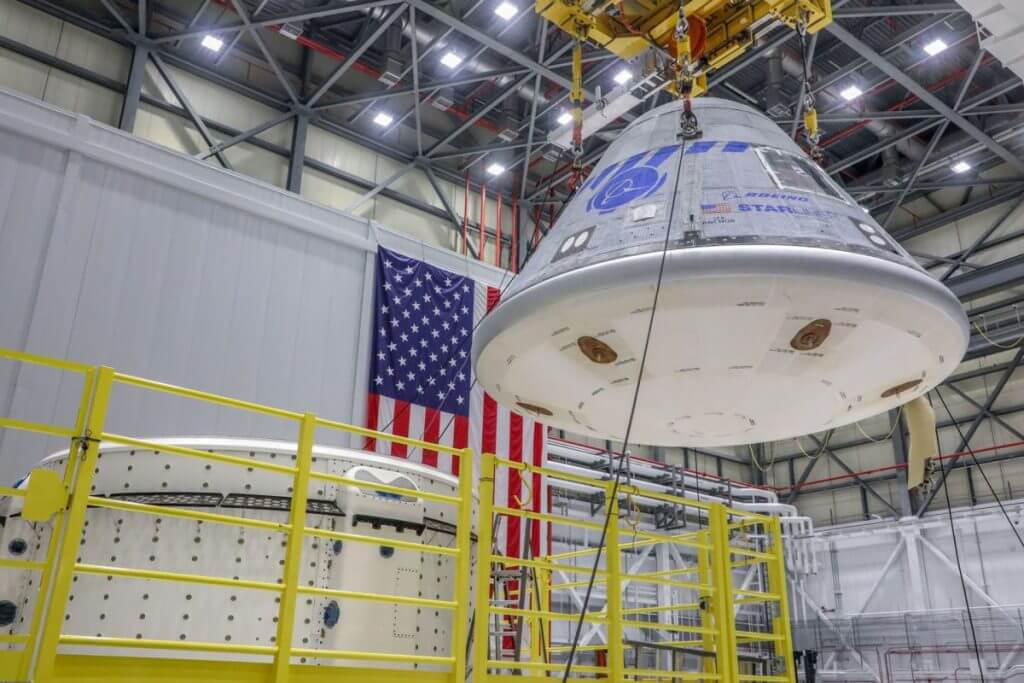Boeing is finally ready to test Starliner again in space.
The commercial crew spacecraft is set for a test launch, dubbed OFT-2 (Orbital Flight Test-2) no earlier than May 19 as Boeing seeks to certify its Starliner vehicle for future NASA astronaut flights.
Liftoff will take place from Space Launch Complex-41 at Cape Canaveral Space Force Station in Florida, NASA said in a recent release. Liftoff is scheduled for 6:54 p.m. EDT (2254 GMT), according to SpaceFlightNow.
The test will be an opportunity for Boeing to once again simulate a mission to the International Space Station. Starliner will ride atop a United Launch Alliance Atlas V rocket as Boeing seeks to ready the spacecraft for launch, docking and return-to-Earth operations.
This mission will be the second attempt for Starliner after a flawed OFT-1 mission in December 2019 and numerous technical problems with OFT-2’s development.
Related: Boeing, NASA zero in on fix for Starliner capsule’s valve problem
A July 2020 NASA review of Boeing’s first problematic test flight, which failed to reach the orbiting laboratory, identified 80 necessary corrections to deal with the glitches and software issues that underlay the mission’s difficulties.
Addressing these issues took time, and the process was compounded by issues such as the ongoing coronavirus pandemic, widespread power outages in Texas during testing. But on July 22, 2021, the system appeared to be almost set to go after it passed its flight readiness review (FRR) for an expected launch July 30.
That July 30 date was aborted due to a a mishap with Russia’s Nauka module, which docked with the International Space Station and tilted the orbiting complex so severely that it caused a spacecraft emergency. Following that, teams encountered a valve issue with Starliner on the launch pad that required investigation, standing down from a backup launch date of Aug. 3.
Ground teams ultimately decided Aug. 5, 2021 to roll the Atlas V rocket back into the Vertical Integration Facility at Launch Complex-41 to access Starliner more directly to fix the valve issue.
Ongoing troubleshooting of the valves, along with a busy launch schedule to the ISS, both contributed to pushing the mission back into 2022. But by the end of 2021, engineers were able to say the leading cause of the anomaly was moisture interactions with the oxidizer, creating corrosion that sealed the valves.
The Starliner team in part addressed the valve issue by switching out the service module with one from an upcoming flight, originally planned for its Crew Flight Test (CFT) that would have had astronauts on board. That said, the current May 2022 launch date aligns with the expected timing the team predicted by end of 2021.
Follow Elizabeth Howell on Twitter @howellspace. Follow us on Twitter @Spacedotcom and on Facebook.

